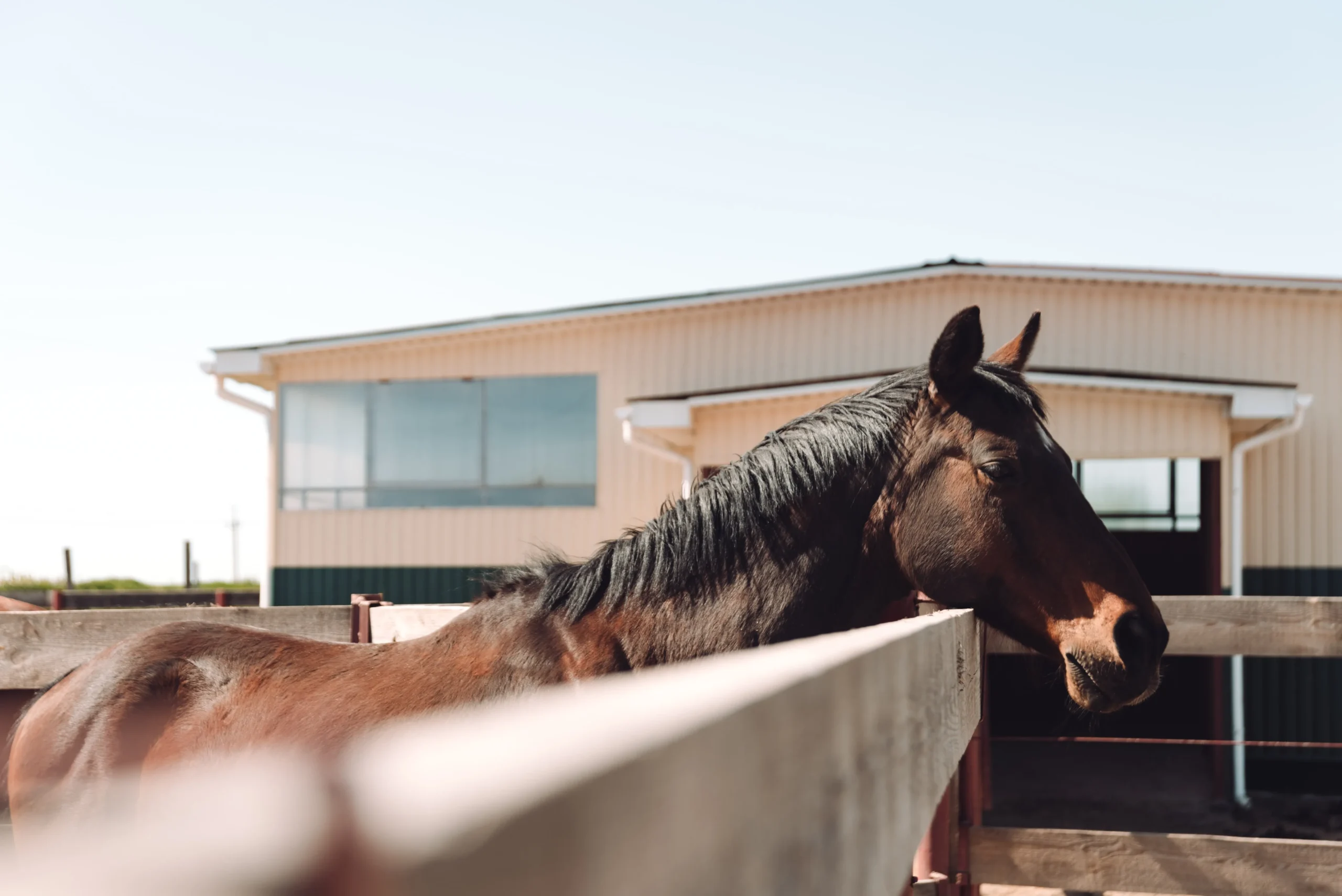When someone starts searching for their perfect American Quarter Horse, the first question that often comes to mind is simple: How much does one cost? The truth is, the American quarter horse price is not set in stone. It can range widely depending on factors like age, training, pedigree, and even current market trends. Some horses may be priced at just a few thousand dollars, while others can reach into the tens of thousands.
Let’s explore why prices vary so much, what drives the American quarter horse cost, and how you can make sure you get the best value for your money. Whether you are an experienced rider or buying your very first horse, understanding these factors will help you make a smart and confident purchase.
The Heritage and Reputation of the American Quarter Horse
The American Quarter Horse is more than just a breed. It is a piece of equestrian history, known for speed over short distances, versatility, and a calm, willing nature. This reputation is part of what influences the American quarter horse price. Buyers are not just paying for an animal, but for a proven lineage and a legacy of performance.
For buyers, this means it is important to research bloodlines. A horse with documented and desirable ancestry will almost always be priced higher, but the investment can be worthwhile if you plan to compete or breed.
Training and Skill Level: The Heart of the Price Difference
Training is one of the largest contributors to the American quarter horse price. A young, untrained horse will cost far less than a seasoned competitor in reining, cutting, or barrel racing.
For example, a green-broke three-year-old may cost between $3,000 and $6,000. The same horse, after a year of professional training in a specific discipline, might sell for $10,000 to $20,000 or more. This price jump is because training takes time, expertise, and consistent care.
Buyers looking for value should consider how much training they need in a horse. If you are an experienced rider, you might save money by purchasing a horse that needs some finishing. On the other hand, if you are newer to riding or want a horse ready to compete immediately, investing in one with advanced training can save time and frustration in the long run.
Age and Health: Balancing Cost with Long-Term Value
Age plays a significant role in the American quarter horse cost. A horse in its prime, typically between 7 and 14 years old, will often be priced higher than a younger or older horse. This is because horses in this range have the experience and training to perform at their best while still having many years of usability ahead.
Younger horses may be less expensive initially but often require more investment in training. Older horses, especially those over 18, can be a great option for riders seeking a steady, gentle mount for pleasure riding, but they may come with higher maintenance costs due to health needs.
A good vet check before purchase can reveal potential health concerns that might impact both price and future expenses. This is why many buyers consider veterinary inspections a non-negotiable step, regardless of how perfect the horse appears.
The Influence of Competition Records and Show Experience
Another factor that shapes the American quarter horse price is a horse’s competition history. A horse with a record of winning or placing in sanctioned events commands a higher value.
Take, for example, a mare who has consistently placed in AQHA halter classes. Her market value is not just in her ability to win ribbons but in the prestige and breeding potential that comes with those titles. Buyers looking for show-ready horses must be prepared for higher price tags, but they also gain the advantage of a proven competitor.
Market Trends and Regional Price Differences
Just like real estate, the American quarter horse cost is influenced by supply and demand. In some regions, prices are naturally higher because of limited availability or high local demand.
For instance, a well-trained ranch gelding in Texas may sell for less than a similar horse in a region where working cow horses are rare. Similarly, certain times of the year, such as right before major competitions or breeding season, can cause temporary spikes in price.
Staying aware of these trends can help you time your purchase strategically. Many experienced buyers search during off-peak seasons or expand their search to other states to find better deals.
The Role of Registration and Documentation
A fully registered American Quarter Horse often commands a higher price than one without official papers. Registration through the American Quarter Horse Association (AQHA) verifies pedigree, age, and sometimes performance records. This official recognition gives buyers more confidence in what they are purchasing.
Unregistered horses can still be wonderful mounts, often at a lower cost. However, for buyers who want to breed, compete in AQHA events, or invest in resale potential, registration is a major factor in American quarter horse cost.
How to Get the Best Value When Buying
Getting the best value does not always mean finding the lowest American quarter horse price. It means finding the horse that best meets your needs, fits your riding goals, and offers the right balance of price and long-term usability.
Here are key strategies:
- Define Your Purpose Clearly: Decide if you need a competition horse, a ranch worker, or a pleasure mount. Your intended use will guide your budget and help you avoid paying for traits you do not need.
- Work with Trusted Sellers: Buying from reputable breeders, trainers, or well-reviewed sellers reduces the risk of overpaying or ending up with a horse that does not match its description.
- Be Willing to Travel: Expanding your search beyond your immediate area can uncover better deals, especially in regions with lower average American quarter horse cost.
- Get a Professional Evaluation: Bringing along a trainer or knowledgeable horse person to evaluate potential purchases can help you spot value — or red flags — you might otherwise miss.
- Negotiate Respectfully: Many sellers price horses with some room for negotiation. Being respectful and informed can lead to a fair agreement that benefits both sides.
The American quarter horse price is influenced by many interconnected factors, including heritage, training, age, competition records, market trends, and registration. The right horse for you might not be the most expensive or the cheapest but the one that delivers the most value for your specific goals. By understanding these elements and approaching the buying process with patience and research, you can find a horse that brings years of enjoyment, performance, and companionship, all while feeling confident that you got the best possible deal for your investment.


